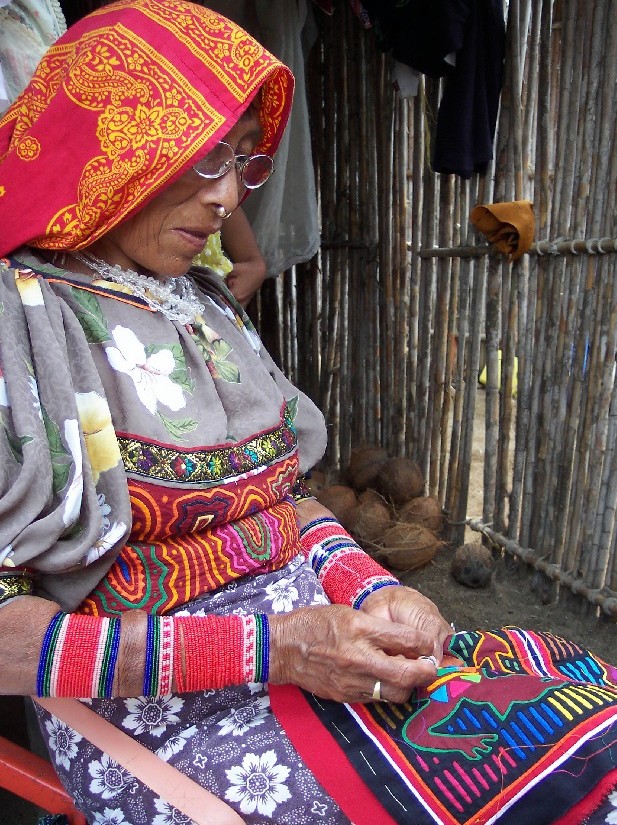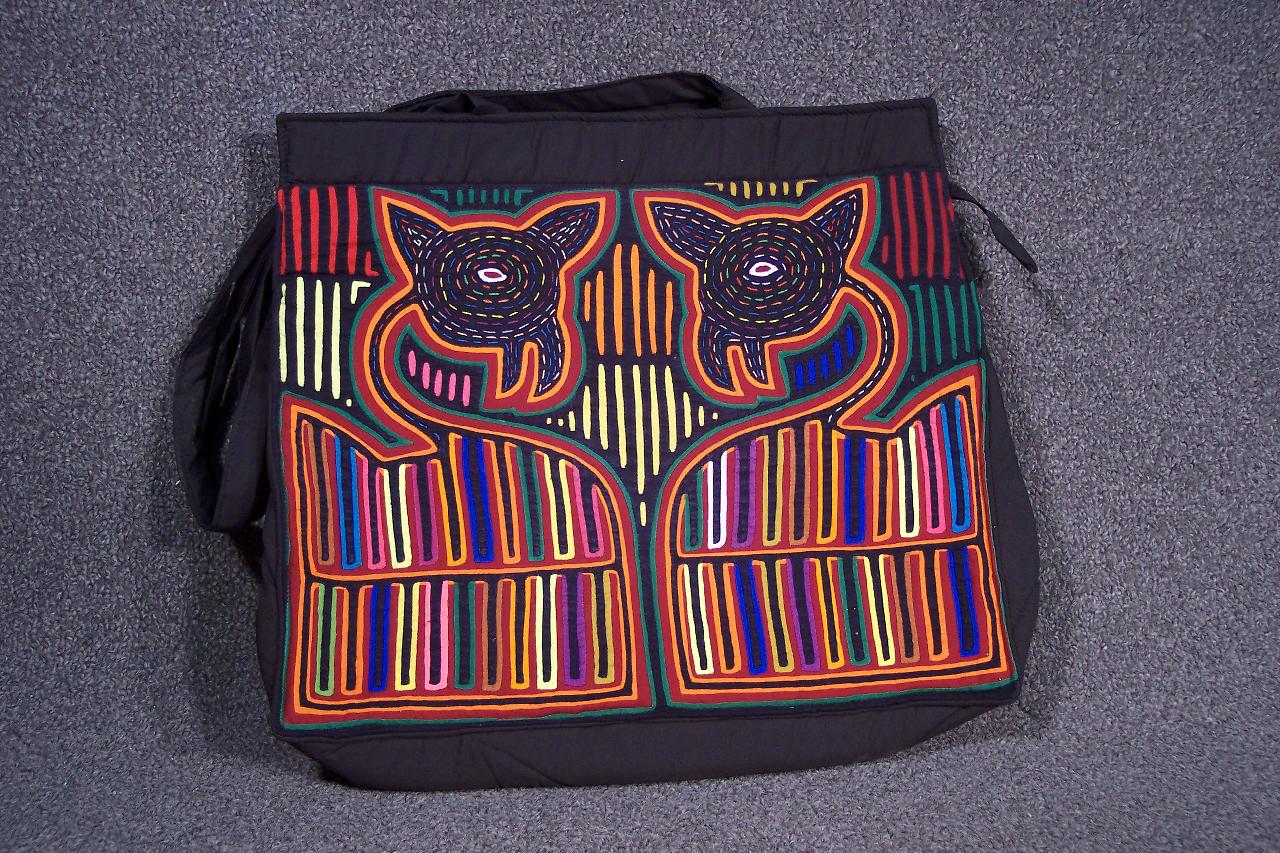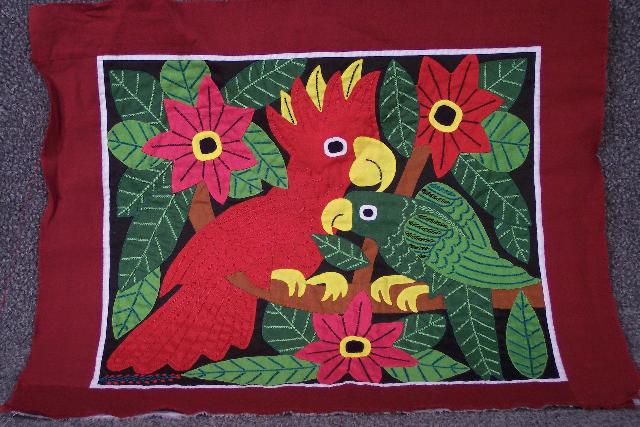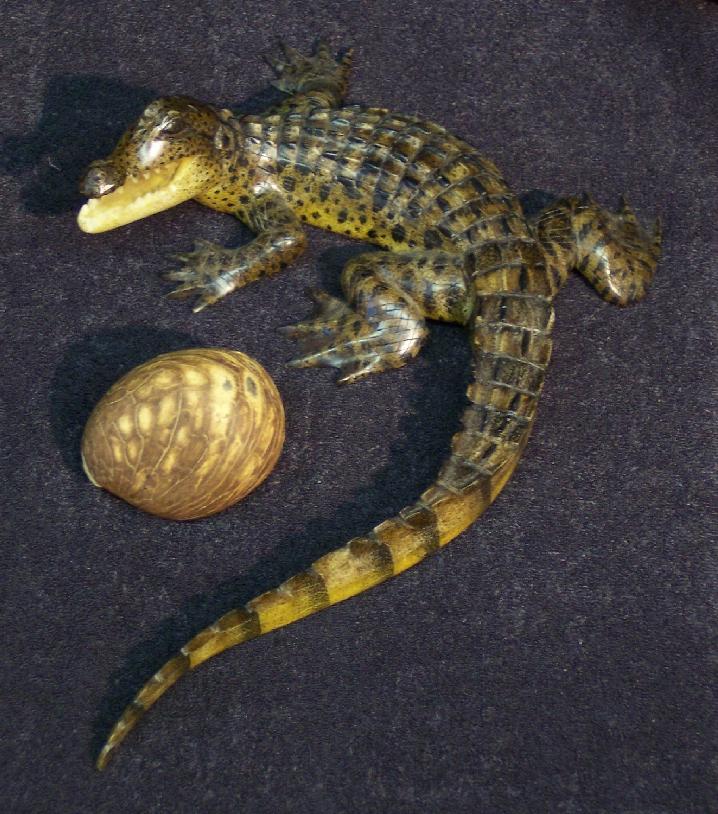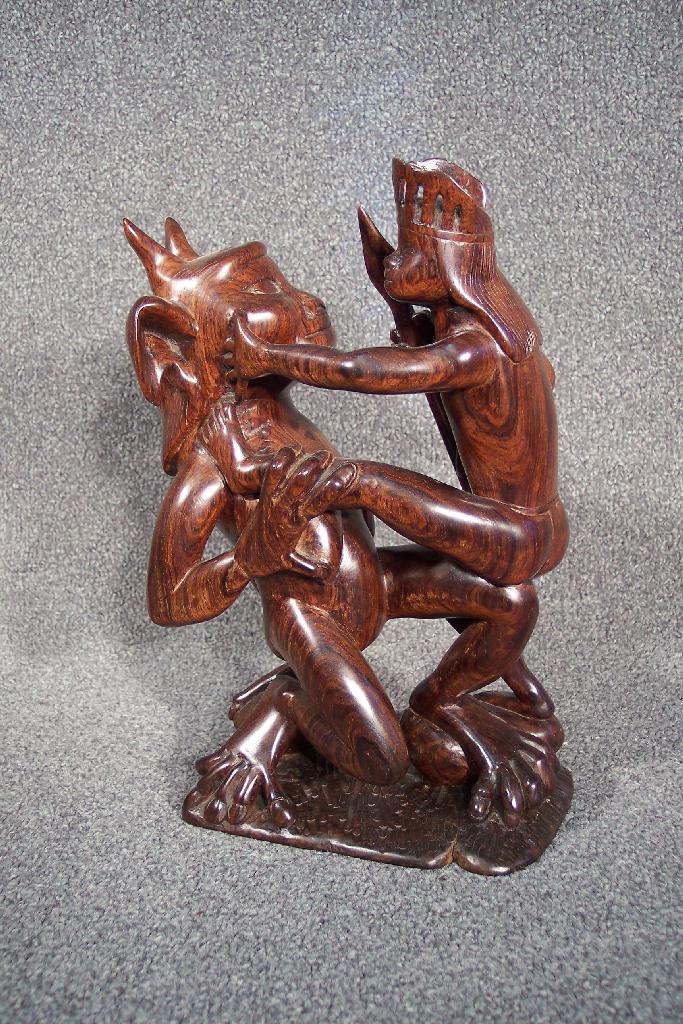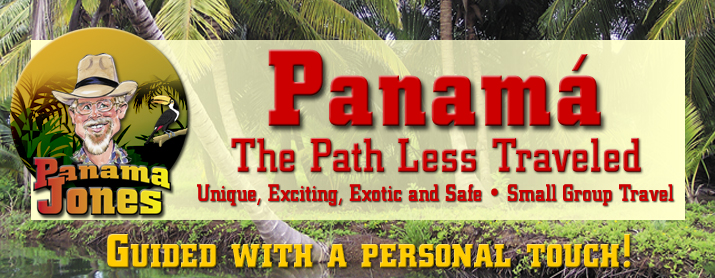Panama City is surrounded by lush rain forests. The Chagres River flows through this rain forest on it's way to Gatun Lake which eventually feeds the chambers for the Panama Canal locks system. Along the banks of the Chagres River live families of the Embera Indians.
The Embera Indians live today much as they did when the discoverer of the Pacific Ocean, Vasco Nunez de Balboa, first set foot in Panama. Many of our tour packages include visits into the rain forest to the villages where these gentle, friendly people live. This is paradise found and a glimpse of what the early explorers saw many centuries ago.
Visitors to their rainforest paradise can experience their simple life and see first hand different aspects of their culture including the decorative body painting. These paintings are done using the dye of the fruit of the Jagua tree of which the Embera use as an insect repellent. Our visitors participate but take notice that the dye lasts about 10 days. Cultural dances and music are also presented by our hosts. Other activities include: nature trail hikes, cultural and historical discussion with the Embera, boating (in dug out canoes) and swimming in a clear pool and waterfall near their home. Overnight visits can also be organized.
We once even had an . adventurous young couple who wanted to be married by a Chief in one of the villages. The Embera are skilled wood and tagua carvers, and basket weavers. Their crafts can be purchased directly from the artisan during your visit to their village
San Blas is an experience of its own class. From the beginning to the end, your are in the rustic lifestyle of the Kuna Indians. Their culture is a peculiar one and our Kuna guides and representatives will describe and show you the minutest details as you experience life in their Island village. Enjoy eating freshly caught seafood from the Atlantic coast. Daily tours to snorkeling grounds and nearby islands are included in our tours. Take lots of sunscreen. The sun is brutal there.
The San Blas Islands are not known for the night life scene but rather a great place to relax and hear a lot of quiet. The evenings are tranquil and the only inconvenience being that you have to get up from your comfortable hammock to go to your hut to bed.
Molas
The art of the Kuna Indians
Molas are brightly colored garments intricately sewn with unusual designs and colors.
The mola artwork has been handed down from Kuna mothers and grandmothers to young girls for centuries. The Colorful cloths are constructed by taking several layers of cloth and making designs by cutting the design down to the desired color. Then the designs are folded under and hand sewn into place. Designs may include interpretations of events in every day life, history, or simply objects seen in a normal day in the island paradise they call home such as sea shells, birds, fish, boats, fisherman or turtles.
Molas are used in the clothing used by the Kuna women. However, tourists have found that they are so intricate and beautiful that they arewidley sold to be used in other applications such as pillows, wall hangings, appliqued onto quilts or even ... modern day clothing.
The kuna mola artist also be inspired by objects observed in the course of their everyday routine or images etched in their minds from tales of prehistoric times. However, their culture plays a major part in the inspiration and design of the mola.
The Embera Indians
The Kuna Indians
Copyright 2013: Panamacanal.com | Panama Canal Travel | All rights reserved.
Since
1992
 | ||||||
 | ||||||
Professional
Bilingual Guides

